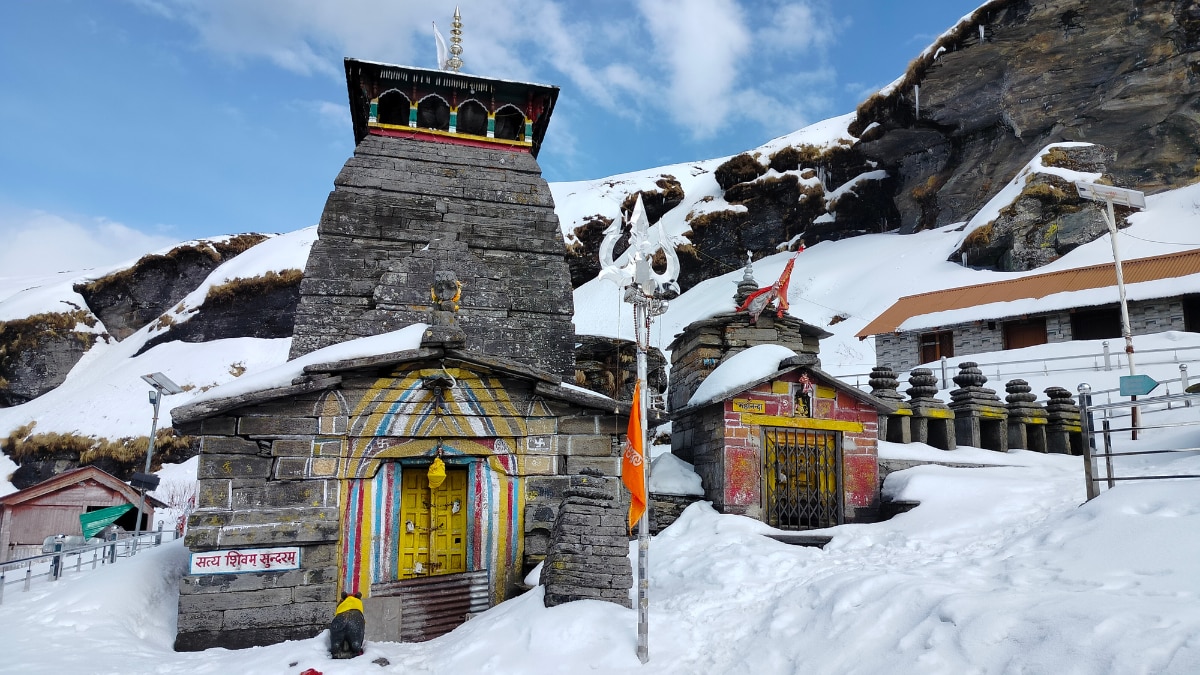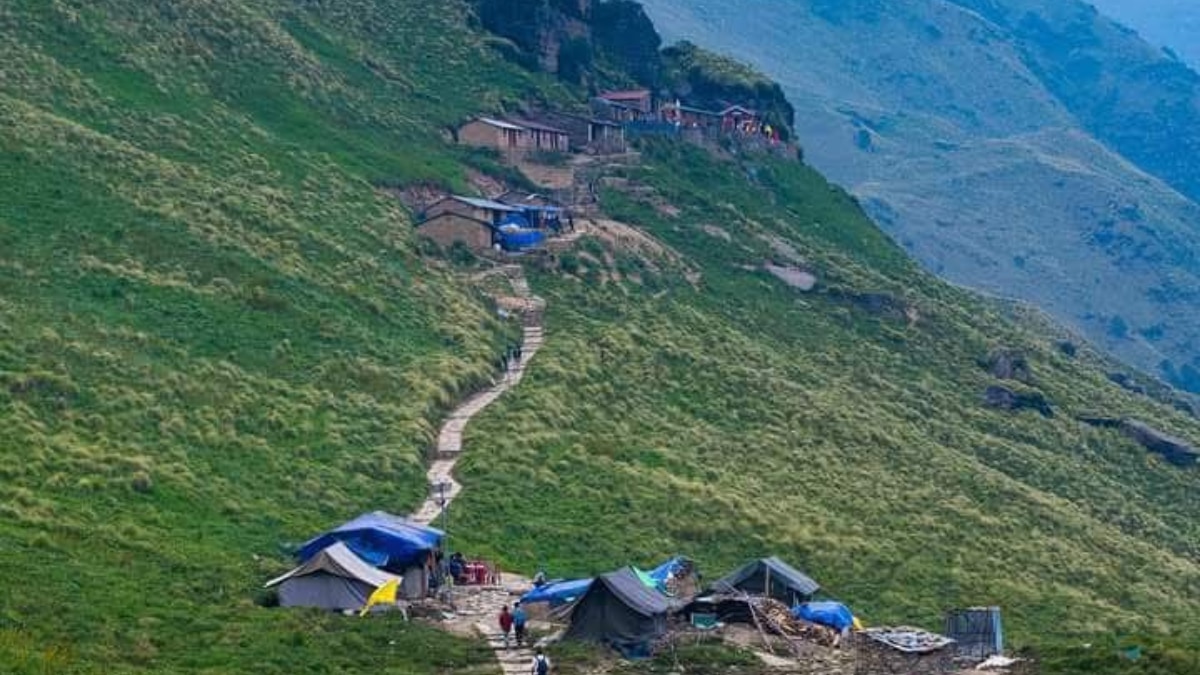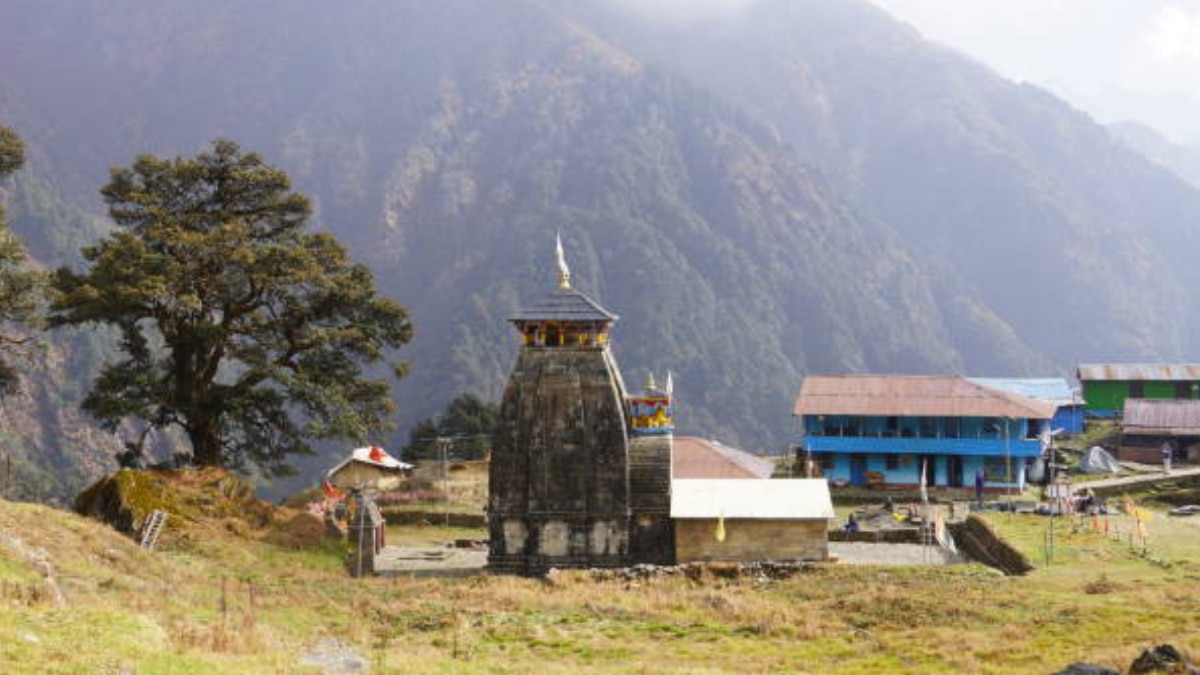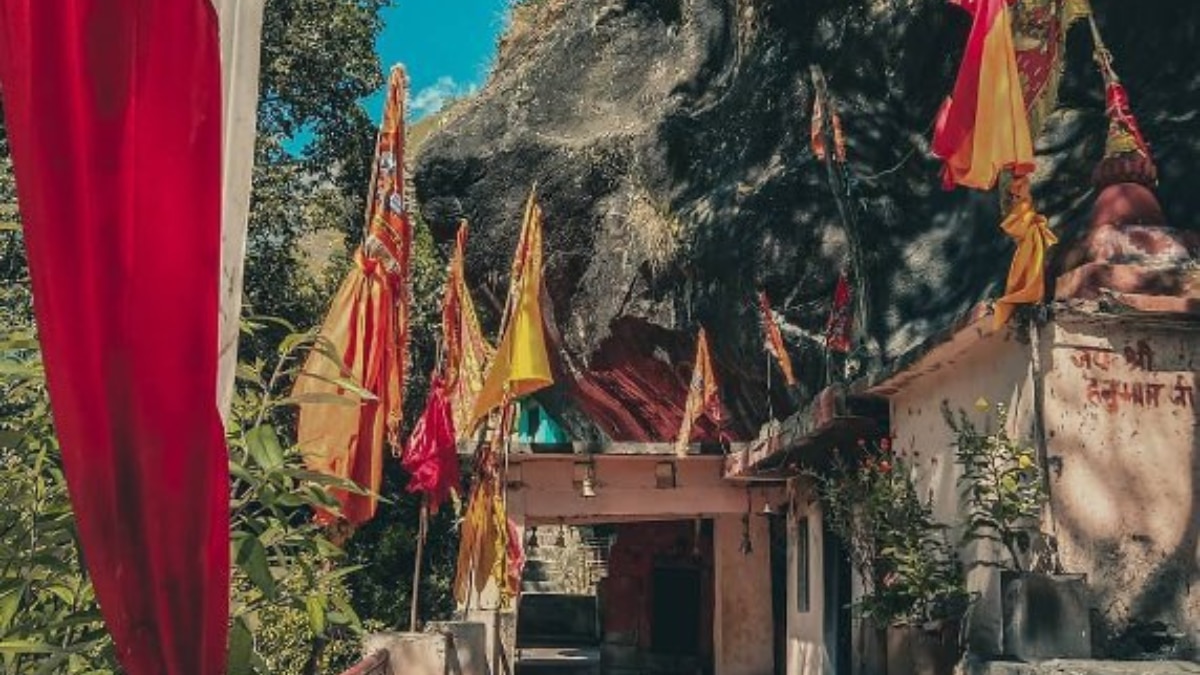Panch Kedar — The Divine Shrines Of Lord Shiva Nestled In The Himalayas
Situated in the heart of the Garhwal Himalayas of Uttarakhand, the five ancient temples of Lord Shiva are nestled; these five holy shrines are collectively called Panch Kedar. The ancient temples – Kedarnath, Tungnath, Rudranath, Madhymaheshwar, and Kalpeshwar – are architectural wonders as well as spiritual centres, coming with mythology, devotion and the calm aura from the Himalayas. Each one of the shrines of the Panch Kedar is not just a temple but a living proof of devotion carved out in nature and stone.
The Divine Origin Of Panch Kedar:
According to the Hindu beliefs, the story of the five shrines of Panch Kedar is closely linked to the great Mahabharata. After the war, the Pandavas were in search of Lord Shiva for his forgiveness for all the killings of their family members and guru. However, refusing to meet them, Shiva turned himself into a bull.
While Bhim attempted to grab the bull, the deity disappeared down into the ground — only to resurface in five pieces at various sites. The hump appeared in Kedarnath, the arms in Tungnath, the face in Rudranath, the navel in Madhyamaheshwar, and the hair in Kalpeshwar. The Pandavas consecrated these places with temples that are known as the Panch Kedar.
The Five Sacred Temples of Panch Kedar:
1. Kedarnath
 (Image Source: Canva)
(Image Source: Canva)
Sitting at 3,583 metres, Kedarnath is the most prominent of the five. The temple contains a conical Shiva lingam representing the bull's hump. Constructed of heavy grey slabs in the 8th or 9th century by Adi Shankaracharya. The intense spiritual aura around the temple is as breathtaking as the snow-capped mountains that cradle it.
2. Tungnath
 (Image Source: Canva)
(Image Source: Canva)
Standing at 3,680 metres, Tungnath is the world's highest Shiva temple. Here, divine presence is indicated by the manifestation of Shiva's arms. The small stone temple, built in North Indian style, is encircled with colourful shrines honouring different deities. The landscape is bounded by extensive alpine meadows and Himalayan ranges such as Nanda Devi and Chaukhamba.
3. Rudranath
 (Image Source: x/ Munsyari_)
(Image Source: x/ Munsyari_)
Located amidst thick rhododendron groves and alpine meadows at 2,286 metres, Rudranath is where Lord Shiva's face appeared. Worshipped as Neelkanth Mahadev, the naturally sculpted temple from rock is ringed by sacred kunds. This spiritually energised ground, where the soul is said to gain salvation, exudes an untainted beauty.
4. Madhyamaheshwar
 (Image Source: Canva)
(Image Source: Canva)
In a peaceful green valley at 3,289 metres, Madhyamaheshwar is located, where the Shiva's navel appeared. The temple, which is typical of traditional North Indian architecture, contains a black stone linga in the form of a navel. Parvati and Ardhanarishvara shrines are alongside the sanctum, whereas snow-capped peaks of Kedarnath and Chaukhamba provide a divine canvas in the background.
5. Kalpeshwar
 (Image Source: x/ UttarakhandGo)
(Image Source: x/ UttarakhandGo)
Nestled in the Urgam Valley at 2,200 metres, Kalpeshwar is where Shiva's matted locks appeared. This rock temple, constructed in the Nagara architectural order with an imposing spire and sanctum below, celebrates Lord Shiva as Jateshwar. The lush presence of apple orchards and sacred waters of the Kalpganga River only add to the spiritual aura of this sacred place.
lifestyle